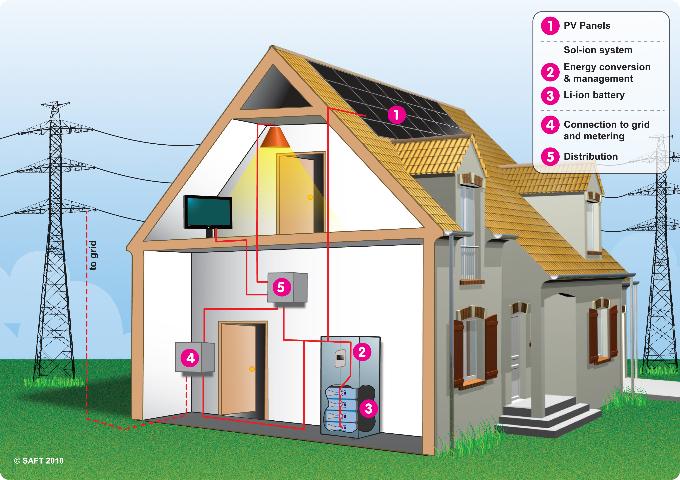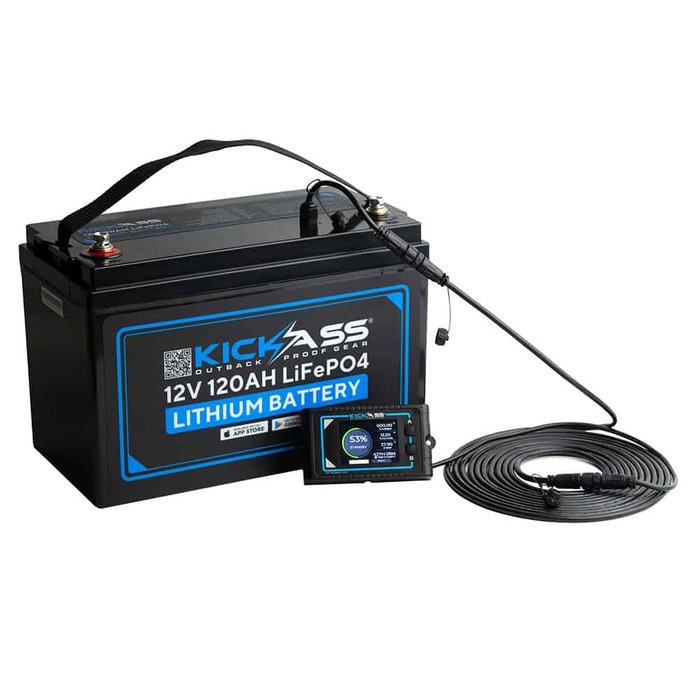
The Role of Reliability Engineers in the Distributed Energy Storage System
Energy storage systems provide a valuable service to grid operators by increasing flexibility in power distribution networks. They are a key component of the smart energy revolution, and their deployment is accelerating.
Currently, most distributed energy storage is based on batteries. The technology can help customers avoid electricity price spikes by smoothing out demand.
Cost-effectiveness
Distributed energy storage systems are a key enabler of clean energy technologies. They help balance the intermittency of renewable energy sources and increase grid flexibility, while also reducing carbon emissions and fossil fuel use. However, many obstacles still exist that could prevent them from becoming a major component of the power system. These include high capital costs and uncertain future pricing. Moreover, the price volatility of some critical raw materials and supply chain disruptions are impeding the growth of this technology.
Recent price reductions in battery energy storage have made the technology more cost-effective. This has helped drive customer adoption of solar photovoltaic plus storage. Behind-the-meter PV-plus-storage can save customers distributed energy storage system money in areas with high demand charges or time-of-use utility rates. For example, in Charleston, SC, a solar-plus-storage system can pay back within seven years for large commercial customers with Coastal Electric Cooperative’s $16/kW demand charge and TOU utility rates.
Unlike earlier studies that fixed the duration at some exogenous value, such as 4 h, this paper decomposes the overall unit cost of storage into the levelized costs of energy and power components. These are then compared to the current market prices of these DERs. This approach allows for the optimization of the duration, assuming that the frequency of short duration high-power loads is limited. This approach provides a better estimate of the optimal levelized storage costs than previous studies that do not account for the effect of duration on storage capacity and revenue.
Reliability
The reliability of distributed energy storage systems can help to increase the efficiency and cost-effectiveness of a power system. They can also reduce environmental impacts by decreasing reliance on fossil fuels and reducing transmission and distribution network expansion costs. However, the reliability of these devices is a complex issue that requires close attention to detail. A reliability engineer helps to develop and test new installations and ensure that they adhere to functional specifications. They are also responsible for developing acceptance tests and inspection criteria. Reliability engineers are involved in every step of the design and production process, including quality assurance and improvement.
Distributed energy storage systems provide significant benefits to both end users and energy suppliers, and are a key component of smart grids. They help to smooth out energy demand peaks and can be used for grid stabilization. They also reduce carbon emissions, fossil fuel consumption, and equipment wear. The reliability of a distributed energy storage system is crucial to its success, as it can significantly improve the overall performance of the power grid.
Distributed battery energy storage systems (BESS) can be integrated into interconnected transmission and distribution networks to improve the power quality of these systems. This study investigates the impact of distributed ESS integration on power quality by modeling a benchmark interconnected distribution and transmission network using NEPLAN software. Twelve modeled variations of the network were evaluated, each with a different ESS integration architecture and topology. The results showed that a distributed ESS can regulate power quality parameters, such as node voltage magnitude, when integrated in the right position within the network.
Flexibility
Energy storage can provide a more resilient alternative to the traditional grid, particularly for communities that are farther away from the electrical grid. These systems can also help increase access to renewable energy in remote and island communities. In addition to providing backup power, energy storage systems can help address climate change by reducing emissions.
A distributed energy storage system can be a valuable asset for the energy distribution network, especially in areas with high solar or wind penetration. It can be used to reduce transmission costs and congestion, and it can also improve reliability by balancing the energy supply and demand. A DER can be connected to the electrical grid via an interface, making it easier to manage and control.
The flexibility of a distributed energy storage system depends on its ability to adjust its load profile and to use its stored power at peak times. PNNL is exploring new technologies that can achieve these goals by using cooperative formations similar to the V-shape of migratory birds or peloton of cyclists. These systems can reliably support critical and sensitive loads by aggregating multiple, smaller-rated distributed energy storage resources into a single, larger-rated resource.
The paper presents a stochastic economic flexibility evaluation method for the distribution network, based on an envelope of the feasible operation region to the uncertainty space. The paper also outlines an optimization platform for the operation of distributed energy storage system the distribution network. Sensitivity outcomes reveal the effects of varying storage facility capacity on flexibility.
Climate change
The use of energy storage is a crucial part of the renewable energy revolution. Moreover, it can help to mitigate climate change by increasing the use of clean energy and decreasing carbon emissions. In addition to this, it can increase the resilience of the distribution network and support electric vehicle charging infrastructure. The environmental impact of storage systems depends on where they are located in the grid, the power system they are connected to and the operational model.
Energy storage can also reduce the costs of electricity in cities by reducing the peak demand. It does so by storing energy at night and releasing it during peak hours. This allows utilities to rely on renewable energy and avoid the need for fossil fuel peaker plants. These plants produce a lot of air pollution, which has serious health impacts in low-income communities and communities of color. Energy storage can replace existing peakers and prevent the need for new ones in the future.
The global distributed energy storage market is growing rapidly due to increased investment in renewable energy and the need for greater flexibility in the transmission, distribution, and generation of electricity. The market is expected to grow at a CAGR of 9.65% between 2023 and 2032. In the United States, several companies are deploying battery-based energy storage solutions to improve reliability and flexibility in the distribution system. For example, Broad Reach Power recently won a contract to deploy three storage projects in the New York State region. These projects will utilize a portfolio of batteries totaling 12 MW/60 MWh to defer the upgrade of an existing distribution substation.

